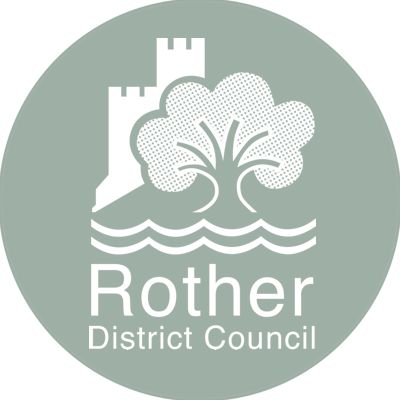Agenda item
Treasury Management Update Report
Minutes:
Cabinet had approved the Council’s 2020/21 Investment Strategy on 10 February 2020; this required regular reports to be presented to the Audit and Standards Committee on the Council’s treasury management activities. Investment activity was also reported to Members through the monthly Members’ Bulletin. The report had been prepared in compliance with the Chartered Institute of Public Finance and Accountancy’s (CIPFA) Code of Practice on Treasury Management.
The report provided an update on a number of areas as follows:
• Since the Quarter 3 report to Members, the Council had slightly diversified its investment portfolio in order to spread risk and earn a small amount interest income. It continued to hold investments of £14.054m in Call accounts and now also held £5.0m in an interest earning call account and £3.0m in a 31-day Notice account. All these investments were with the major financial UK institutions. The Council continued to hold £8.0m in Property Funds.
• The Council held £32.047m of treasury investments as at 31 March 2021. There was £11.869m of borrowing and the Capital Financing Requirement (CFR) was £18.168m at 31 March 2021.
• The total income from investments was £324,000 which was £16,000 lower than the previous forecast. The largest investment returns were from property funds averaging between 3.64% and 4.14%, however their market values fluctuated considerably during the pandemic.
• As at 31 March 2021, the Council held £14.1m in its General Account (GA) which included Government funding for individuals and businesses in response to the pandemic; the unspent balance was £7.465m and would be returned to the Ministry of Housing Communities and Local Government in June. GA funds would also need to be kept available for other large payments such as Council Tax and Business Rates payments.
• As at 31 March 2021, the Council had borrowed £11,869,117.
• Since the Quarter 3 report, Net Financing Costs as a proportion of the Net Revenue Stream had reduced slightly from 0.84% to 0.82%.
• The Council continued to maintain an under-borrowed position, which meant the CFR was not fully funded by loan debt but managed by using reserves and balances. As returns remained low, this was a prudent strategy that also minimised the counterparty risk associated with placing investments.
• The Council had not made any further property purchases in 2020/21, however negotiations were continuing with several parties and acquisitions expected in 2021/22. The budget for rental income from all investment properties was £1,919,840; the draft actual outturn for 2020/21 was £1,860,620, which was £59,220 below budget due to factors such as void periods. Tenants were being pursued for rent arrears and there were minimal write-offs in 2020/21 as a result of the pandemic. However, economic conditions were still difficult and further rent write-offs could not be ruled out. After allowing for borrowing costs the expected return on Property Investment Strategy (PIS) properties was 2.82%.
• The continued success of the vaccination rollout programme continued to have a positive bearing on the markets and economic forecasts had been revised accordingly. The latest Office for Budget Responsibility had forecast Gross Domestic Product (GDP) to increase by 7.5% in 2021 (previously 7.3% by mid-2022), although continued growth was expected to flatten out by the first quarter of 2022. These predictions were also borne out by an increase in the Purchasing Managers Index (PMI), which had recently risen from 60.7 to a record high of 62.0 in April, (the PMI was regarded by economists as a strong barometer of future GDP growth).
• Future update reports would include details of the primary purposes of borrowing, rather than just the reference numbers as given in the table at paragraph 16 in the report and also more information on acquisitions to be made as part of the Capital Programme.
The investment activity conformed to the approved strategy, and the Council had no liquidity difficulties. The investment environment for treasury activities remained difficult with absolute returns continuing to be very low. The diversification into PFs had increased the overall return but did come with a greater degree of capital risk than other investments and was less liquid. The Council’s PIS was expected to generate net returns of 2.82% however the risks associated with the long-term commitment to repay borrowing and the operational management of properties would remain.
RESOLVED: That the report be noted.
Supporting documents:
